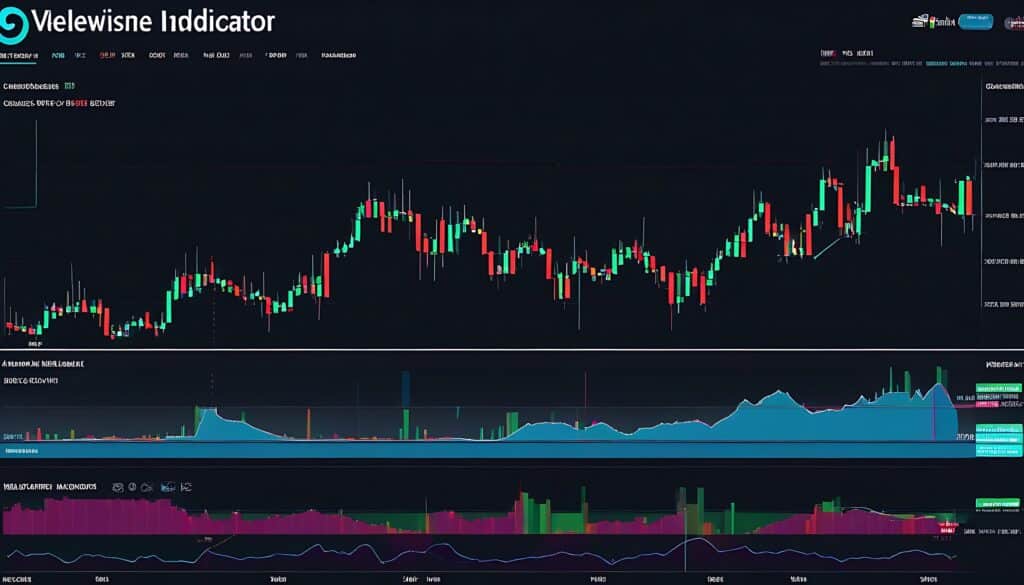Introduction:
- Brief overview of the significance of technical analysis in trading.
- The role of TradingView as a powerful charting platform for traders.
1. Moving Averages: The Foundation of Trend Analysis
- Explanation of simple moving averages (SMA) and exponential moving averages (EMA).
- Practical applications of moving averages in trend identification and confirmation.
- Tips for using multiple moving averages for enhanced analysis.
2. Relative Strength Index (RSI): Unveiling Momentum and Overbought/Oversold Conditions
- Understanding RSI as a momentum oscillator.
- Interpretation of overbought and oversold conditions.
- Strategies for using RSI to identify potential trend reversals.
3. Bollinger Bands: Riding the Volatility Waves
- Introduction to Bollinger Bands and their components.
- Using Bollinger Bands to identify volatility and potential price reversals.
- Strategies for combining Bollinger Bands with other indicators.
4. MACD (Moving Average Convergence Divergence): A Powerful Trend and Momentum Indicator
- Explanation of MACD components – MACD line, signal line, and histogram.
- Identifying trends and crossovers for potential entry and exit points.
- Divergence analysis and its implications for price movements.
5. Fibonacci Retracement: Unlocking Price Levels Based on Golden Ratios
- Introduction to Fibonacci retracement levels.
- Identifying key support and resistance levels using Fibonacci.
- Practical examples of using Fibonacci retracement in real-world trading scenarios.
6. Ichimoku Cloud: A Holistic Approach to Technical Analysis
- Understanding the components of the Ichimoku Cloud.
- Utilizing the cloud for trend identification and support/resistance levels.
- Strategies for combining Ichimoku Cloud with other indicators.
7. Stochastic Oscillator: Navigating Market Momentum
- Explanation of the Stochastic Oscillator components.
- Identifying overbought and oversold conditions using the Stochastic Oscillator.
- Strategies for using Stochastic Oscillator crossovers for trend confirmation.
8. Volume Profile: Reading the Market’s Footprint
- Introduction to Volume Profile and its applications.
- Identifying key price levels based on trading volume.
- Strategies for integrating Volume Profile with other indicators.
9. Average True Range (ATR): Gauging Market Volatility
- Understanding ATR as a measure of market volatility.
- Incorporating ATR into risk management strategies.
- Real-world examples of using ATR to set stop-loss and take-profit levels.
10. Parabolic SAR: Riding Trends with Precision
- Introduction to Parabolic SAR and its calculation.
- Identifying trend reversals and potential entry/exit points.
- Practical considerations when using Parabolic SAR in trading.
Conclusion:
- Recap of the importance of technical analysis in trading.
- Encouragement for traders to experiment with different indicators and find a personalized approach.
- A reminder of the dynamic nature of markets and the need for continuous learning and adaptation.
